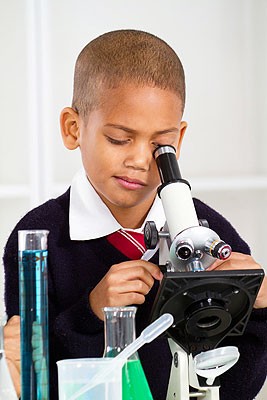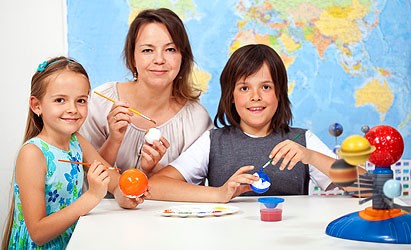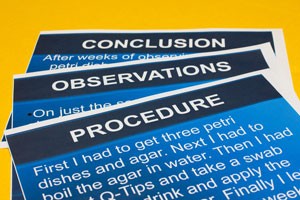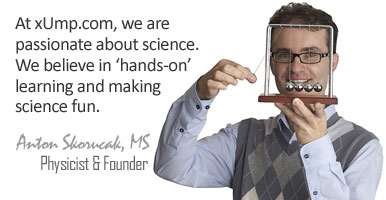-
SHOP BY DEPARTMENT
- Toys & Gifts
- Science Desktop Gadgets and Toys
- Fidgets and Stress Relievers
- Science Meets Art
- Yo-Yos & Gyroscopes
- Remote Control RC Toys
- Glow-in-the-Dark
- Lighting
- Clocks and Watches
- Dinosaur Toys
- Sea Monkeys Kits
- Kaleidoscopes
- Science T-Shirts
- Outdoor Fun
- Balls
- Balloons & Bubbles
- Slime and Putty
- Gags, Pranks & Magic
- Science Mugs
- Pens & Stationery
- Creative Corporate Gifts
- Inflatables
- Edible Science
- Keychains & Bracelets
- Science Party Supplies
- Gift Sets
- Toys & Gifts
- Science Kits
- Mini DIY STEM Kits
- Thames & Kosmos Kits
- Building Kits
- Physics Kits
- Chemistry Sets
- Astronomy & Space Kits
- Plants & Growing Kits
- Animal & Insect Kits
- Human Body Kits
- Geology & Dig Kits
- Math Kits & More
- Forensic Science Kits
- 4M Science Kits
- Crystal Growing Kits
- Alternative Energy Kits
- General Science Kits
- Weather Kits
- Science Kits
- Robotics & Electronics
- Robots & Kits
- Electronics Sets
- Components
- Connectors, Wire & Switches
- Light Bulbs & Holders
- Soldering Tools & Supplies
- Small Hobby DC Motors
- Test & Measurement
- Tools
- Battery Holders
- Batteries, Adapters & Power Supplies
- Lithium Batteries
- USB Power & Accessories
- Boxes & Enclosures
- Arduino & LilyPad
- Robotics & Electronics
- Magnets
- Bar and Block Magnets
- Horseshoe Magnets
- Disk and Ring Magnets
- Mag Marbles and Rocks
- Flexible Magnets
- Iron Filings and Shapes
- Ceramic Magnets
- AlNiCo Magnets
- Neodymium Magnets
- Compasses
- Electro-Magnets
- Letters, Numbers, etc.
- Magnet Kits
- Classroom Magnet Kits
- Fridge Magnets
- Magnet Toys & Puzzles
- Other Magnets
- Magnets
- Optics & Lasers
- Microscopes
- Telescopes
- Solar Cells & More
- Lab Supplies
- Fossils & Rocks
- Globes
- Puzzles & Games
- Books & Study Charts
- Go Green Stuff
- Survival & Safety Products
- Toys & Gifts
- NEW & POPULAR
-
BY AGE & PRICE
- ON SALE
Beyond the bubbling volcano:
Secrets to successful science fair projects
by xUmp.com Science Staff
 If you could help your child with a school assignment that teaches new concepts, develops critical thinking and provides an opportunity for fun and creativity, you’d jump on it, right?
Well, get ready to put on your lab coats and eye goggles – okay, maybe not the lab coats – and take on the challenge of a science fair project.
If you could help your child with a school assignment that teaches new concepts, develops critical thinking and provides an opportunity for fun and creativity, you’d jump on it, right?
Well, get ready to put on your lab coats and eye goggles – okay, maybe not the lab coats – and take on the challenge of a science fair project.
Working on a science fair project is a great way for your kids to learn about science and to develop a lifelong love of the scientific process. The trouble is that many students – and their parents – go with either the same old project ideas (think tornado tubes or bubbling volcanoes) or think they have to come up with something that would interest NASA or MIT. Neither is the case.
At xUmp.com, We have put together a list of tips to help you and your child find and develop a successful science fair project. In addition, we’ve added age appropriate guidelines when needed. Be sure to check with your child’s teacher or the sponsoring organization for specific rules for your science fair.
Choose the right project.
The best science projects are launched from a genuine interest. With so many options to explore, a good place to begin is with a topic that already engages your child. Animal behavior? Plant life? Planets? The environment? Even video games can be the basis for a great science project.Brainstorm with your child about what aspect of that subject he or she is interested in, and then research some experiment ideas that fall into that category. Be sure your project has a defined goal or objective. Think of filling in a statement such as: "The goal of my project is to show"... or “My project will prove that..."
For children in grades K-3, projects that are simple and straightforward and that demonstrate basic scientific principles work well. Gather information by reading together a few short books or magazine or internet articles about your subject. Then discuss with your child ways to display the concepts you have learned. Models and simple experiments work well for this age group.
Kids in grades 4-8 should look for experiments that use the scientific method. Start with questions. “Why does this happen?” or “What would happen if...” are great places to start. Research the topic in books and online articles and then encourage your child to use further questions to develop a hypothesis – a statement that describes what you think will happen in your experiment.
High school students need to be creative in coming up with a fresh subject and a clear hypothesis that demonstrates their growing knowledge and capabilities.
If your child is not interested in the topic, he or she will not be motivated to do his or her best. The science fair judges will be able to see that lack of motivation in the finished product.
Encourage your son or daughter to try something new. Remember they don’t have to know all the answers already – the point of the experiment is to find some of the answers!
Gather your materials.
 Science fair projects do not have to include tons of bells and whistles in order to be effective. In fact, judges will be looking for what cool science concepts you have learned not how complicated your display is.
Science fair projects do not have to include tons of bells and whistles in order to be effective. In fact, judges will be looking for what cool science concepts you have learned not how complicated your display is.
At most science fairs, a student with a seemingly simple project who understands it well will win over a student with a complicated project who is not able to communicate what he or she has learned.
Allow plenty of time for trial and error with your supplies and materials. Remember you will have to conduct your experiment many times to document your results, so be sure you have plenty of supplies – especially any perishable or unusual supplies -- on hand. You don’t want to be caught short at the crucial moment.
Keep track of your findings.
 Preparing a science fair project teaches your child to pay attention to details and to be accountable. Make sure he or she is following a schedule so that everything will be ready by the due date.
Preparing a science fair project teaches your child to pay attention to details and to be accountable. Make sure he or she is following a schedule so that everything will be ready by the due date.
For elementary students, this process is pretty straightforward, but for middle school and high school students, it requires them to set a timetable and to take careful notes. This recordkeeping experience will serve them well in other learning endeavors and in real-life jobs
Encourage your middle school or high school student to keep a lab notebook to write down observations and small details. Photographs are a great way to document their observations. Ask your student to note dates and times of their observations to make their findings even more useful.
Draw a Conclusion.
Once your child has completed the experimentation process, it is time for them to draw a conclusion or to determine if the original hypothesis is correct.Here is where you can play a critical role as parent. Encourage your budding scientist even if the hypothesis was wrong. That’s what the scientific process is all about. Imagine what would happen if scientists were not encouraged to test out theories – and to fail! We would never learn new things or grow in our knowledge of the world around us.
Create a Model or Display.
 Depending on where your child’s talents lie, creating a visual representation for the project can be fun or intimidating. Encourage them to use their strengths in this area.
Depending on where your child’s talents lie, creating a visual representation for the project can be fun or intimidating. Encourage them to use their strengths in this area.
Most science fair projects require some sort of display. Young artists can create posters or dioramas. Mathematicians can use charts or tables. Photographers can mount photos. Be sure to follow the criteria set by your science fair. The guidelines may include a physical representation of the hypothesis statement, a list of all materials and references used, a visual representation of the results and a written conclusion from the findings.
Know when to step back.
Although, as a parent, you can assist your child in this exciting process, it is essential that you draw the line between being a doer and a helper. This should be your child’s project, not your own.Teachers and judges are not concerned with what you have learned but what your child has learned. Sometimes, we parents live vicariously through our kids, and we think that more is more.
Resist the temptation to push your child beyond his or her limitations. Be sure to keep the project at a level that makes sense for your child’s comprehension and abilities. Otherwise, you may be doing more harm than good in the long run.
Have fun.
Many parents find that they gain in their own knowledge of science and in their relationship with their children by assisting them with a science project. Science fair projects can be a hands-on way that you can be part of your child’s learning process. There are not many other opportunities that offer this kind of at-home application of learning.For ideas and supplies for your one-of-a-kind learning experience, visit our website at xump.com
Please share this article:
















